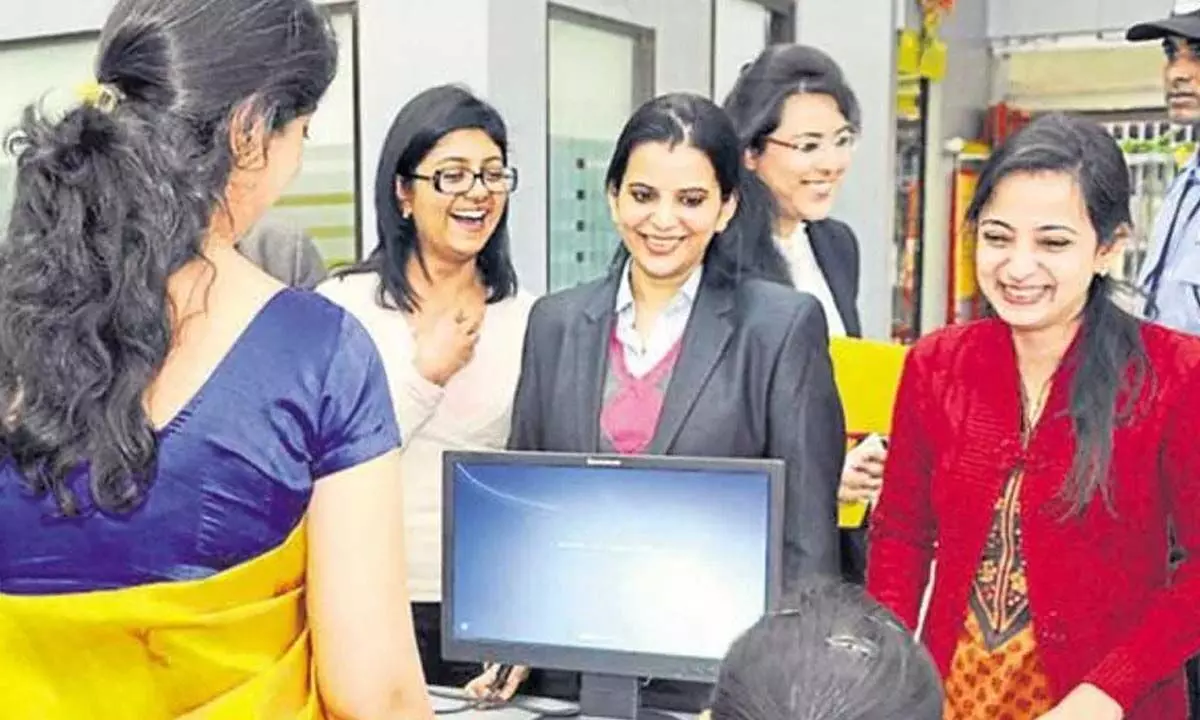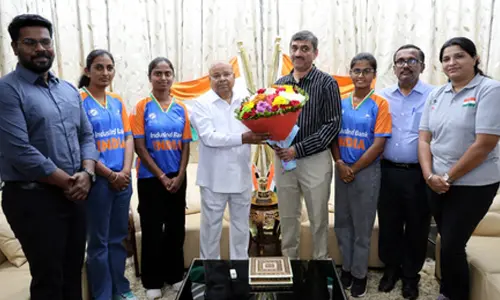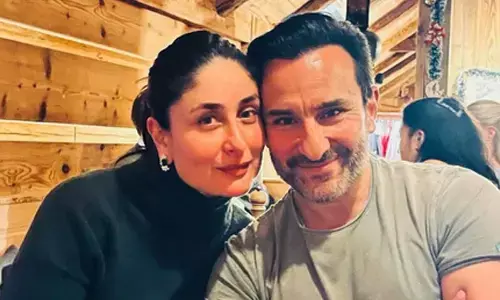Around 90% women contribute to household expenses, says survey

Around 90% women contribute to household expenses, says survey
Yet, nearly 67 per cent were still dependent on male members of the family to make financial decisions. Nearly 70 per cent of these women earn less than Rs 5 lakh annually, while 23 per cent are in the Rs 5-10 lakh annual income bracket
Bengaluru: As per the 5th Edition of #WorkingStree, an annual survey of working women across India conducted by IndiaLends, 2/3rd of working women defined 'Financial Independence' as losing dependence on anybody for financial needs, over the freedom to spend their own money. Yet, nearly 67 per cent were still dependent on male members of the family to make financial decisions.
Ahead of the International Women's Day, IndiaLends' #WorkingStree survey was conducted online in February 2023, aimed at understanding the pulse of the Indian working women vis-à-vis financial independence and career choices. It covered 10,000+ working women in the 21–65 age group residing in metros and tier 1 and 2 cities across 4439 unique pincodes of India.
The survey found that over 90 per cent of the respondents are contributing towards household expenses with nearly 40 per cent chipping in with more than 50 per cent of their income. Nearly 70 per cent of these women earn less than Rs 5 lakh annually, while 23 per cent are in the Rs 5-10 lakh annual income bracket. Whilst, an overwhelming number contributed significantly to their household expenses, nearly 67 per cent of them were dependent on a male family member for financial decisions including husband, father, or brother.
However, over 22 per cent of the respondents were not influenced by anyone in making financial decisions. The survey also uncovered the desire amongst salaried women to turn entrepreneurs with nearly 1/4th wanting to start their own business, and another 1/4th wanting to upgrade their skills as a key career priority. Among other findings, the #WorkingStree survey revealed that almost half of the working women were only making decision related to discretionary expenses independently. Only about 1/4th of women were able to make investment decisions independently, with 1/3rd women claiming it's always been the male member of the family who makes investment decisions, and 1/4th of the respondent finding investments "complex and confusing". IndiaLends Founder and CEO Gaurav Chopra said, "Empowering women to take charge of their finances is not just a moral imperative, but also an economic necessity. It is time for us as a society to break down traditional barriers and create equal opportunities for all. At IndiaLends, we are committed to supporting and empowering working women to take control of their financial lives, and this #WorkingStree report only reinforces our belief in the urgent need to accelerate this change."
The survey also found that nearly half of working women were learning about personal finance from social media, about 30 per cent from news articles, and 20 per cent from workshops and seminars, followed by professional experts. With that, only 1/3rd of working women felt confident of making all their financial decisions.
"It is heartening to see that women today are active contributors in the household and that they have started taking an interest in knowing more about personal finance," Chopra added.
The most important work motivation for 1/3rd of the women polled was financial independence; 26 per cent said they were working to support their families; and 21.6 per cent for improving self-confidence; about 6.7 per cent of the respondents said they worked to keep themselves occupied.
The majority of IndiaLends' #WorkingStree survey respondents were in the 25-34 age group, representing 47.7 per cent of the total sample, followed by 35-44 year-olds at 30.8 per cent. The youngest age group of 21-24 years represented 13.7 per cent of the sample, while those over 45 and above made up about 7.8 per cent.
In terms of professions, salaried employees represented the largest group of respondents at 43.6 per cent, followed by self-employed individuals at 31.3 per cent. Homemakers represented 12.3 per cent of the sample, while professional individuals such as CAs and lawyers accounted for 4.4 per cent. When it came to marital status, the majority of respondents were married at 70.6 per cent, followed by singles at 16.4 per cent.














